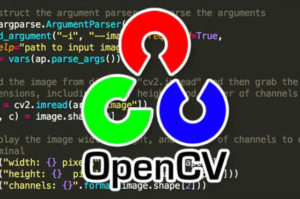Implementing file upload and download functionality in Java full stack applications involves handling the client-side file upload, storing the files on the server, and providing endpoints for downloading the files. Here’s an overview of the steps involved:
- Client-Side File Upload:
On the client-side (e.g., a web browser), create a form or an interface where users can select and upload files. Use HTML and JavaScript to handle the file selection and initiate the upload process. You can use theinputelement with thetype="file"attribute or utilize libraries/frameworks like Dropzone.js or Fine Uploader for a more enhanced user experience. - Backend API for File Upload:
Implement a backend API endpoint to handle the file upload request. In Java, you can use a framework like Spring Boot to build the backend. Create an API endpoint that receives the file data from the client and saves it on the server. Use libraries like Apache Commons FileUpload or Spring’s Multipart File Upload support to handle the file upload process. - File Storage:
Decide on the storage mechanism for the uploaded files. You can choose to store files on the local file system or use cloud storage services like Amazon S3 or Google Cloud Storage. Implement the necessary logic to store the uploaded files securely and efficiently. - Server-Side File Processing:
If required, implement server-side logic to process the uploaded files. For example, you may want to validate the file format, resize images, or extract metadata from the files. Use libraries and tools appropriate for the specific file processing tasks. - Backend API for File Download:
Create API endpoints to handle file download requests. Implement logic to retrieve the requested file from storage and send it back to the client as a response. Set appropriate HTTP headers (e.g., Content-Disposition) to specify the file name and enable the browser to handle the file download properly. - Authentication and Authorization:
Consider implementing authentication and authorization mechanisms to control access to file upload and download functionality. Ensure that only authenticated users can upload and download files, and enforce appropriate access restrictions based on user roles and permissions. - Frontend Integration:
Integrate the file upload and download functionality into your frontend application. Use JavaScript and AJAX techniques to make API calls for file upload and download. Display appropriate feedback to the user during the file upload process, such as progress indicators. - Error Handling and Validation:
Implement error handling and validation mechanisms to handle scenarios like invalid file formats, file size limits, or any other business rules you need to enforce. Return meaningful error messages to the client in case of failures or validation errors. - Security Considerations:
Ensure that the file upload process is secure. Validate and sanitize user inputs to prevent security vulnerabilities like file path traversal attacks or code injection. Set appropriate file permissions and access controls to protect the uploaded files. - Testing:
Write automated tests to validate the file upload and download functionality. Use testing frameworks like JUnit or TestNG to cover different scenarios and edge cases. Test file uploads with various file types, sizes, and concurrent requests. Verify file download functionality by comparing the downloaded files with the originals. - Performance and Scalability:
Optimize the file upload and download process for performance and scalability. Consider implementing techniques like chunked file uploads, parallel processing, and caching to handle large file sizes and high user loads.
Implementing file upload and download functionality requires a combination of frontend and backend development, along with considerations for security, performance, and scalability. By following these steps, you can successfully implement file upload and download in your Java full stack application.




